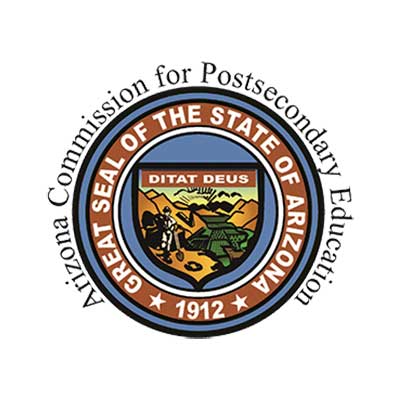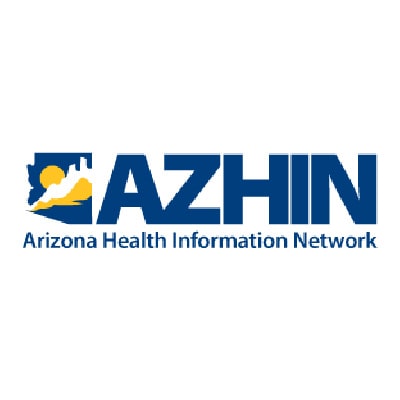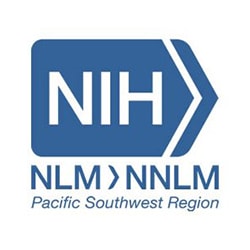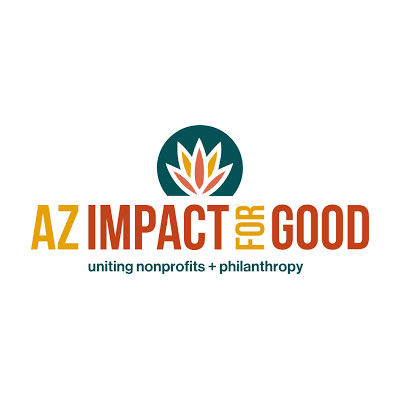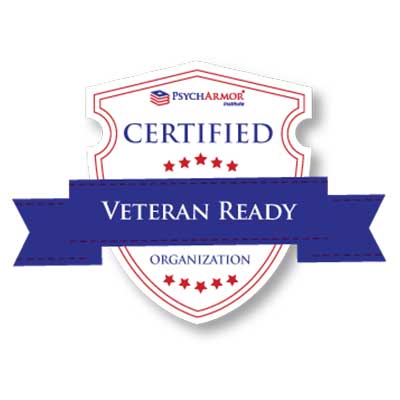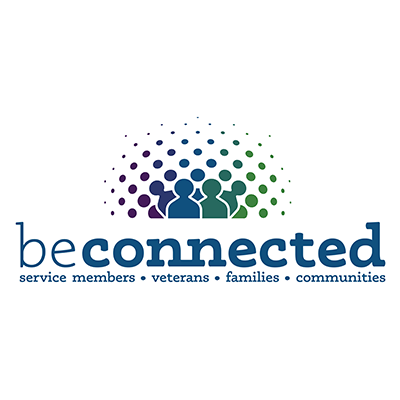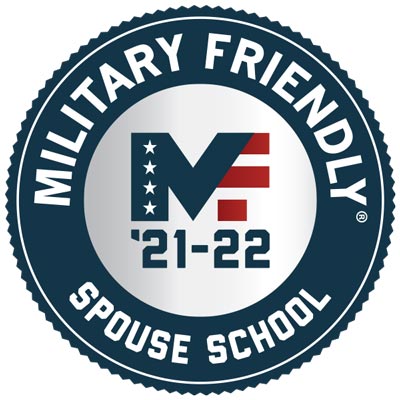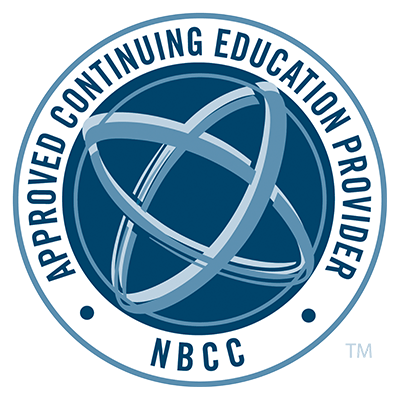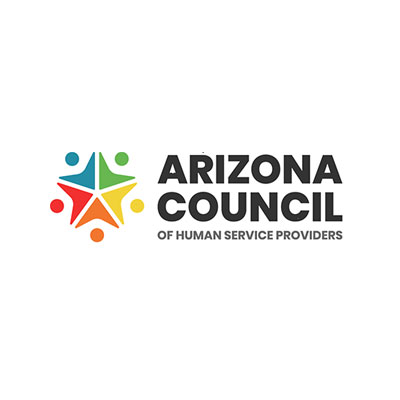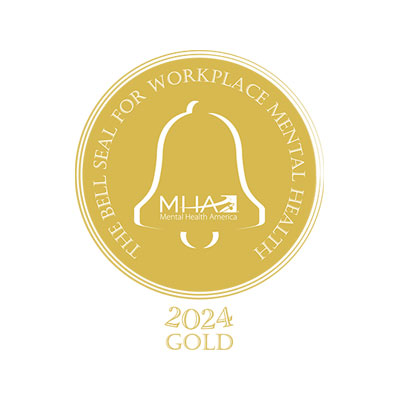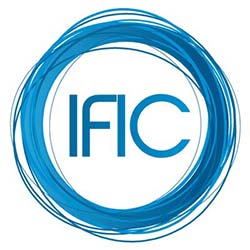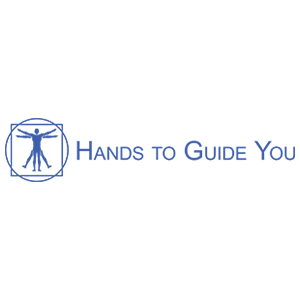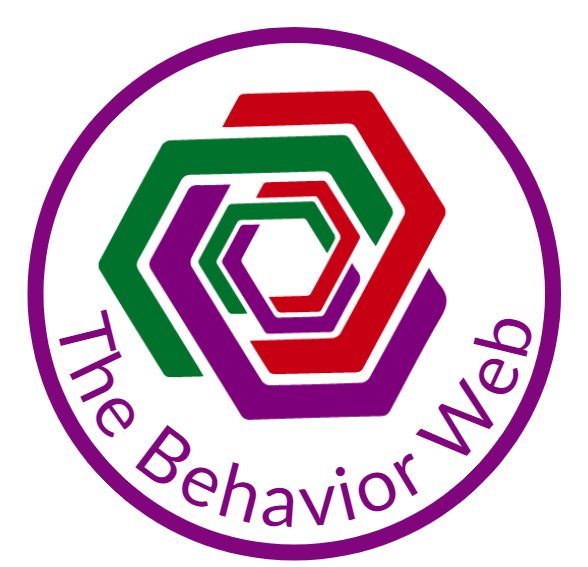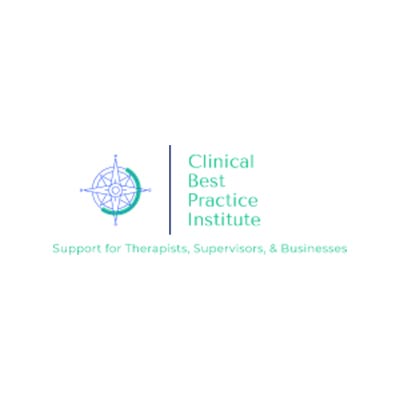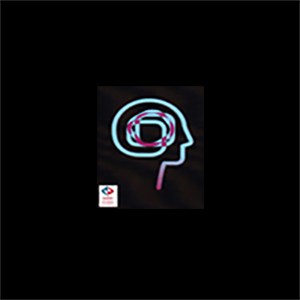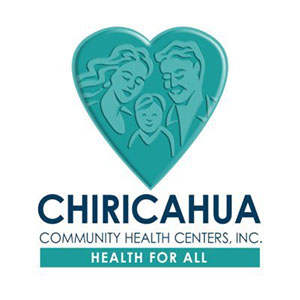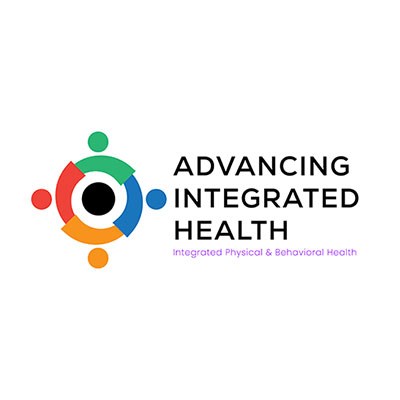 Janet L. Cummings, Psy.D.
Janet L. Cummings, Psy.D.
March 25, 2019
In the past week, two survivors of the school shooting at Marjorie Stoneman Douglas High School in Parkland, Florida (which occurred on February 14, 2018) have died. The first was a 19-year-old woman who had since graduated but was a “survivor of the 2018 massacre at the school [who] took her own life” (‘Apparent suicide’ of Parkland student days after massacre survivor…, 2019, March 25). This past Saturday, another currently enrolled student has died in “an apparent suicide” (ibid), at least until the medical examiner’s office rules differently. He was a sophomore in the school at the time of the 2018 massacre.
Just this morning, the body of a father whose daughter was killed in the Sandy Hook school massacre in Newtown, Connecticut was found in his office. He died of an apparent suicide (Yan, H., 2019, March 25). The Sandy Hook school shooting took place on December 14, 2012. Twenty children between the ages of six and seven years old were killed, as were six adult staff members (CBS News, 2018, July 24). The reasons for this suicide are not yet known, but it is possible that news of the two Parkland suicides were a contributing factor.
Whether or not the Parkland suicides contributed to the Newtown suicide, it is well known that surviving a suicide, or even knowing about a suicide, puts the individual at greater risk for suicide. Whether social contagion or some other mechanism is at work, one suicide can create a snowball effect and contribute to subsequent suicides (Cummings, J., 2006).
Tragedies don’t end when we think they do. There is usually a “ripple effect” (Sydney Aiello, a Parkland school shooting survivor, kills herself, n.d.). Unfortunately, grief and survivor’s guilt can be intense following a tragedy like the one that occurred in Parkland, Florida (in which 14 students and 3 staff members died) (Andone, D. & Conlon, K., 2019, March 24) or the tragedy in Newtown, Connecticut (in which 20 children and 6 adults died) (Yan, H., 2019, March 25). These feelings can be extremely powerful, and the urge to join the deceased can feel overwhelming (Cummings, J., 2006; Cummings, N. & Cummings, J., 2013).
The first Parkland student who took her own life had lost a very close friend in the school shooting (Sydney Aiello, a Parkland school shooting survivor, kills herself, n.d.), and likely carried the guilt and grief with her. She is thought to have suffered from post-traumatic stress disorder (PTSD) (Truong, K., 2019, March 25). It would be impossible to survive a school shooting and not suffer from some degree of PTSD. We know little about the second Parkland suicide victim, as his identity has not yet been released to the public. The suicide victim who had lost his daughter in the Newtown shooting had since been a neuroscience researcher and activist (Yan, H., 2019), and not someone who most people would think was at risk for suicide.
February 14, 2019 marked the one-year anniversary of the Parkland massacre. Anniversaries of tragedies can be more difficult for some people than the original tragedy, because the shock of something like a school shooting brings with it a kind of numbness that makes the intense feelings easier to handle in the immediate aftermath of the incident. During anniversaries of such tragic events, the shock and numbness have long since worn off, and the feelings can become overwhelming and incapacitating. In the Biodyne Model, a model of brief, focused interventions across the lifespan developed by Dr. Nicholas A. Cummings and myself, psychologist Dr. Janet Cummings, we call this “anniversary depression,” which is one of the five main types of depression that this model recognizes (Cummings, N. & Cummings, J., 2013). Of all the types of depression, anniversary depression can be the most difficult to recognize (ibid).
Following the two recent apparent Parkland suicides, teachers, parents, mental health professionals, and law enforcement officials met for an emergency meeting (Truong, K., 2019, March 25). The father of one of the students killed in the 2018 massacre said that other parents “cannot be afraid to ask their kids the tough questions” (ibid), such as whether their children have considered suicide. Many people who are thinking about suicide feel very alone, and these feelings of aloneness and isolation become increasing strong throughout the suicidal process (Cummings, N. & Cummings, J., 2013). Asking “the tough questions” compassionately, while patiently and genuinely desiring an honest response, can help counter that isolation in many cases.
There have been suicides in the aftermath of other school shootings (CBS News, 2019, March 25). While no one wants to think about adding tragedy onto tragedy, it is critical that school officials, mental health professionals, and others connected with school shooting survivors consider the possibility that some survivors may feel suicidal in the aftermath of the shooting, or even months or years later. When a community is struck by something as unthinkable as a school shooting, it is important to continue the dialog about the incident and to provide ongoing mental health services to all survivors.
It is paramount that those mental health professionals in the community who are less directly affected by a tragedy (Bacon, J. 2019, March 25) rise to the occasion to provide services to those who are closer to the incident and whose losses are more profound. For example, it may not be possible for the parent of a child survivor of a school shooting to provide the support that the child survivor needs, because that parent is also a survivor who is dealing with the near-loss of their child. Right now, the Parkland, Florida community is “shocked” by the two recent suicides (Rozsa, L., Epstein, K., Mettler, K., & Bever, L., 2019, March 25). It is my hope that local mental health professionals (and even mental health professionals without borders) will continue offering their services to the community. Each untimely death (murder, tragic accident, or suicide) leaves new survivors, who in turn are at risk for suicide (Cummings, J., 2006).
I have a handful of children, teens, and adults in my personal sphere that are survivors of suicides or horrific accidental deaths. I keep the birthdays and death dates of these people’s loved ones in my phone calendar, and make a point of checking in with the survivors as each of these significant dates approaches. I recently spent the day with a teenage employee on the first anniversary of her best friend’s suicide, so she would not have to be alone. I can’t honestly say that I have prevented any suicides by doing this, but I do believe that I have made those anniversaries a bit easier by my efforts to counter the isolation that these people must feel.
Most mental health professionals, of course, are trained to respond in helpful ways following a tragic death, but what can others do to help? First and foremost, it is never helpful to assign blame to those who we think could have done more, because they probably did the best they could under their set of circumstances. Most survivors feel guilty as it is, and we certainly do not need to add to it with insensitive remarks. Secondly, we can provide a non-judgmental listening ear. If we allow survivors to tell and re-tell their “stories,” it helps heal the trauma. Thirdly, we can ask the “tough questions” about suicidal thoughts and be prepared for answers that may deeply trouble us. Fourthly, we can help connect survivors (especially those contemplating suicide) to resources that are available to them, including psychotherapy, support groups, and suicide prevention hotlines.
At the Cummings Graduate Institute, our Doctor of Behavioral Health students are well trained in the suicidal process. They become adept at recognizing the signs that someone is considering suicide, even though those signs are often very subtle. They are very aware that survivors of tragic deaths are at increased risk for suicide. They are trained to ask the “tough questions” and to intervene appropriately when they receive concerning answers to those questions.
References
Andone, D., & Conlon, K. (2019, March 24). For the second time in a week, a Parkland student has died in an apparent suicide. Retrieved March 25, 2019, from https://www.cnn.com/2019/03/24/us/parkland-student-second-suicide/index.html
‘Apparent suicide’ of Parkland student days after massacre survivor… (2019, March 25). Retrieved March 25, 2019, from https://www.reuters.com/article/us-florida-shooting/apparent-suicide-of-parkland-student-days-after-massacre-survivor-took-her-life-idUSKCN1R50V9
Bacon, J. (2019, March 25). ‘Apparent suicide’ claims second Parkland school shooting survivor in a week. Retrieved March 25, 2019, from https://www.usatoday.com/story/news/nation/2019/03/24/parkland-suicide-second-parkland-survivor-week-takes-own-life/3261734002/
CBS News. (2018, July 24). A look back: Sandy Hook Elementary School shooting. Retrieved March 25, 2019, from https://www.cbsnews.com/pictures/a-look-back-sandy-hook-elementary-school-shooting/
CBS News. (2019, March 25). After 2nd apparent suicide of Parkland shooting survivor, one parent points to Columbine. Retrieved March 25, 2019, from https://www.cbsnews.com/news/parkland-shooting-survivors-second-apparent-suicide-columbine/
Cummings, J.L. (2006). Suicidal patients: The ultimate challenge for master psychotherapists. In W.T. O’Donohue, N.A. Cummings, & J.L. Cummings (Eds.). Clinical strategies for becoming a master psychotherapist. San Diego, CA: Elsevier.
Cummings, N.A. & Cummings, J.L. (2013). Refocused psychotherapy as the first line intervention in behavioral health. New York, NY: Routledge. [Translated into Mandarin, 2014, Shanghai Jiao Tong University Press.]
Rozsa, L., Epstein, K., Mettler, K., & Bever, L. (2019, March 25). Parkland community ‘shocked’ after student’s suicide – the second in a week, officials say. Retrieved March 25, 2019, from https://www.washingtonpost.com/nation/2019/03/24/parkland-student-dies-apparent-suicide-police-say/?noredirect=on&utm_term=.379531c0bb6f
Possible new suicide article [E-mail to the author from Dr. Michelle Davis]. (2019, March 25).
Sydney Aiello, a Parkland school shooting survivor, kills herself. (n.d.). Retrieved March 25, 2019, from https://www.nbcnews.com/news/us-news/survivor-parkland-school-shooting-sydney-aiello-kills-herself-n986266
Truong, K. (2019, March 25). Another Parkland Student Has Died by an Apparent Suicide. Retrieved March 25, 2019, from https://www.thecut.com/2019/03/second-parkland-shooting-survivor-dies-by-suicide.html
Yan, H. (2019, March 25). The father of a Sandy Hook victim dies from an apparent suicide. Retrieved March 25, 2019, from https://www.cnn.com/2019/03/25/us/sandy-hook-victim-father-jeremy-richman-suicide/index.html
Explore additional articles on critical topics in behavioral health
Prevent Suicide by Recognizing Early Warning Signs by Dr. Janet Cummings, Psy. D.
Preventing Suicide Part 2: Verbal, Non-Verbal, and Tactile Indicators by Dr. Janet Cummings, Psy.D.
Suicide in School Shooting Survivors by Dr. Janet Cummings, Psy.D.


